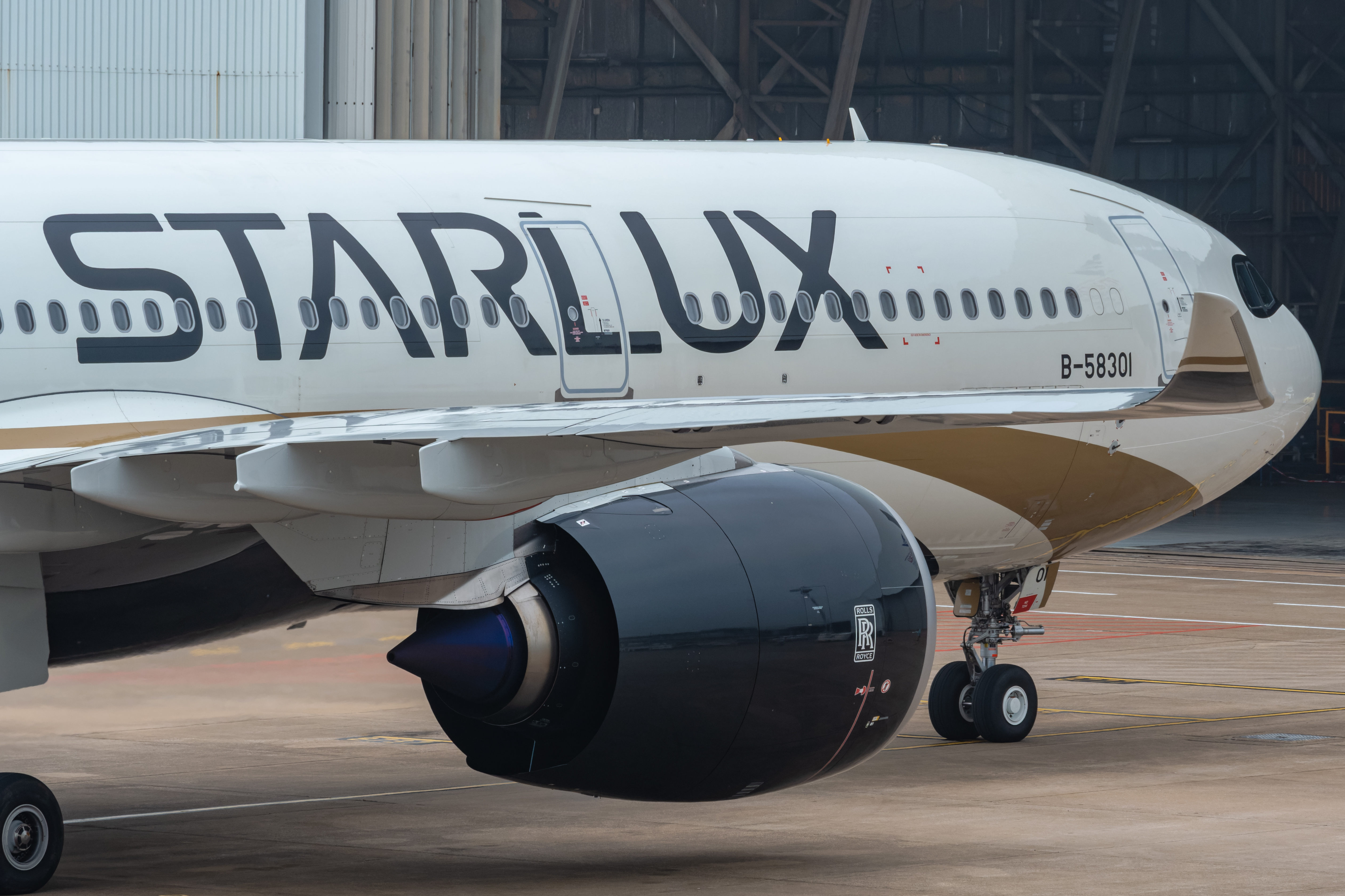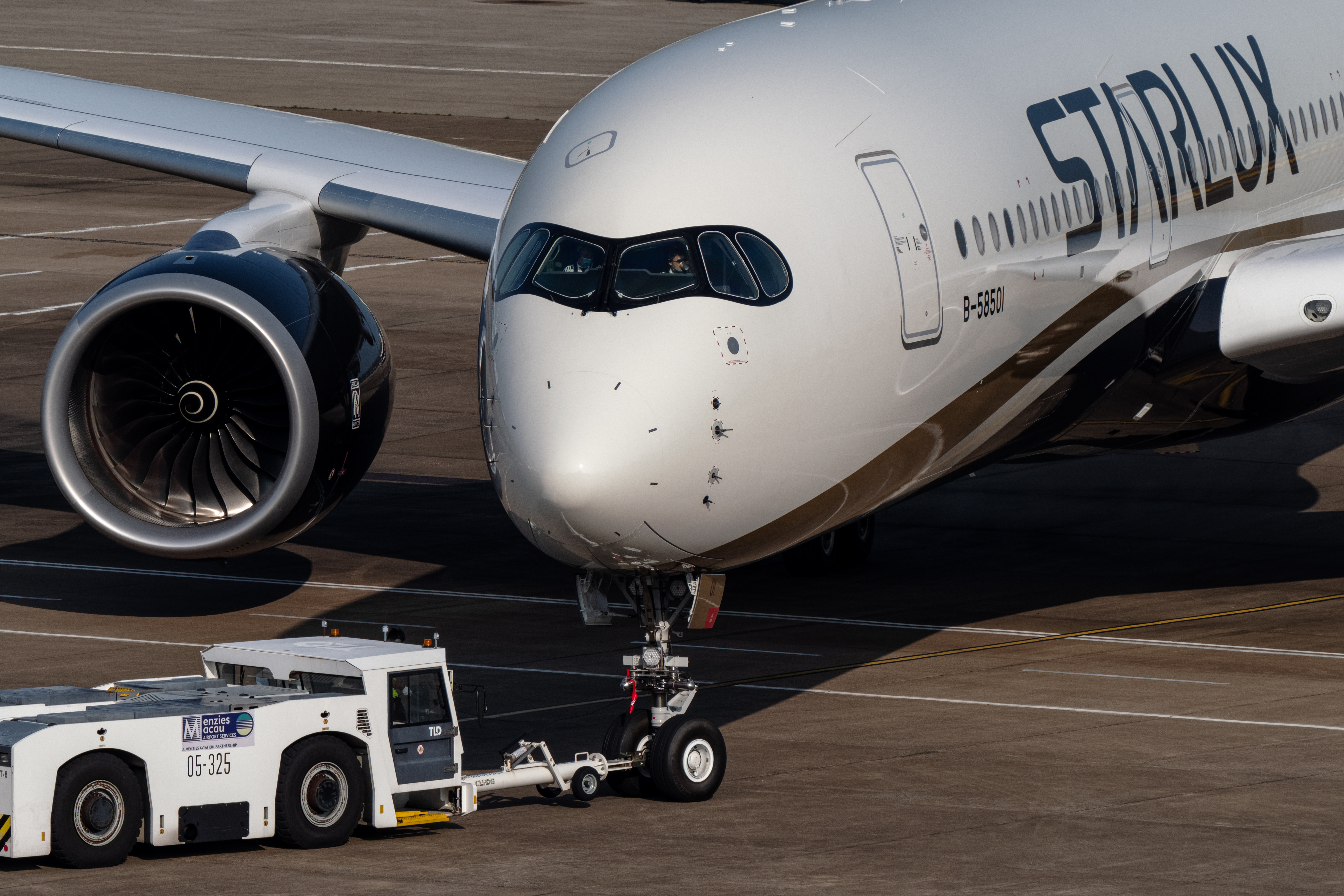By Sharon Petersen
Published Sun Sep 08 2024
A preliminary report into the tragic crash of flight 2Z2283 found signs of ice buildup on the plane but no definite cause for the accident, the Center for Research and Prevention of Aeronautical Accidents (Cenipa) said on Friday.
The document pointed out that icing detectors had been activated and that cockpit recordings showed the copilot said there was "a lot of icing" during the flight. Throughout the flight, the ice warning was activated and deactivated several times, with a 10-second alert duration followed by 2-minute intervals between activations. The plane's pilots did not issue any distress calls or report adverse weather conditions.
The ATR 72 twin-engine turboprop, operated by the Brazilian airline Voepass, was en route to Guarulhos International Airport in São Paulo with 58 passengers and four crew members when it crashed on August 7th in Vinhedo, 78 kilometres (49 miles) north of the city. The following day, authorities recovered the remains of all 34 male and 28 female victims.
Witnesses recorded footage showing the aircraft in a flat spin, descending vertically before crashing inside a gated community, with the fuselage obliterated and engulfed in flames. The plane’s engines can be heard in witness videos as ‘operating’
At the time of the crash, Metsul, a respected Brazilian meteorological company, reported severe icing conditions in São Paulo state aro. Local media cited experts suggesting icing as a potential cause, but Brazilian aviation expert Lito Sousa warned against concluding based solely on images. "Analyzing an air crash based only on images can lead to incorrect conclusions about the causes," Sousa told the Associated Press. "However, we can observe a plane with a loss of lift, lacking horizontal speed. In this flat spin condition, there's no way to regain control of the plane."
Marcelo Moura, Voepass’s director of operations, noted that while there were ice forecasts, they were within the acceptable limits for the aircraft. The Brazilian Air Force's Center for Investigation and Prevention of Aeronautical Accidents stated earlier that
. Based on the information collected at the initial field Investigation, as well as recordings from the Flight Data Recorder (FDR) and Cockpit Voice Recorder (CVR), the Investigation Committee identified and released the sequence of events preceding the crash,
14:58:05 - the aircraft initiated takeoff from the runway 15 of SBCA, with 58 passengers and 04 crew on board;
15:12:40 - the PROPELLER ANTI-ICING 1 and 2 were turned on;
15:14:56 - the Electronic Ice Detector connected to the Centralized Crew Alert System (CCAS) emitted an alert signal upon passing FL130;
15:15:03 - the AIRFRAME DE-ICING was turned on;
15:15:42 - a single chime was heard in the cockpit. Subsequently, the crew commented on the occurrence of an AIRFRAME DE-ICING Fault, and that they would turn it off;
15:15:49 - the AIRFRAME DE-ICING was turned off;
15:16:25 - the Electronic Ice Detector ceased emitting the alert signal.
15:17:08 - the Electronic Ice Detector emitted an alert signal.
15:19:13 - the Electronic Ice Detector stopped emitting the alert signal;
15:23:43 - the Electronic Ice Detector emitted an alert signal;
15:30:05 - the Electronic Ice Detector stopped emitting the alert signal.
16:11:02 - the Electronic Ice Detector emitted an alert signal;
16:12:41 - the Electronic Ice Detector stopped emitting the alert signal;
16:12:55 - the Electronic Ice Detector emitted an alert signal;
16:15:16 - the SIC (pilot Second in Command) made radio contact with the airline's operational dispatcher at Guarulhos airport, for coordination of the aircraft arrival;
16:16:25 - At the same time of the SIC’s coordination with the operational dispatcher, a flight attendant called over the intercom. The SIC asked her to hold on moment and continued speaking with the dispatcher;
16:17:20 - the Electronic Ice Detector stopped emitting the alert signal. At this time, the SIC was asking the flight attendant for information that would be passed to the operational dispatcher;
16:17:32 - the Electronic Ice Detector emitted an alert signal; at this time, the PIC was informing the passengers about the SBGR local conditions and estimated time of landing;
16:17:41 - the AIRFRAME DE-ICING was turned on;
16:18:41 - at a speed of 191 kt., the CRUISE SPEED LOW alert was triggered. Concomitantly, the SIC was about to finish relaying some information to the operational dispatcher;
16:18:47 - the PIC started the briefing relative to the approach for landing in SBGR. Concomitantly, APP-SP made a radio call, and instructed him to change to frequency 123.25MHz;
16:18:55 – a single chime was heard in the cockpit. At this time, the communication with APP-SP was taking place;
16:19:07 - the AIRFRAME DE-ICING was turned off;
16:19:16 - the crew made a call to APP-SP (São Paulo Approach Control) on the frequency 123.25 MHz;
16:19:19 - APP-SP requested the PS-VPB aircraft to maintain FL170 due to traffic;
16:19:23 - the crew replied to APP-SP that they would maintain flight level and that they were at the ideal point of descent, waiting for clearance;
16:19:28 - at a speed of 184 kt., the DEGRADED PERFORMANCE alert was triggered, together with a single chime. The alert was triggered concomitantly with the exchange of messages between APP-SP and the crew;
16:19:30 - APP-SP acknowledged the message and requested the aircraft to wait for clearance;
16:19:31 - Passaredo 2283 aircraft reported receipt of the message and thanked ATC;
16:19:33 - the PIC resumed delivering the approach briefing;
16:20:00 - the Second in Command (SIC) commented, “a lot of icing”;
16:20:05 - the AIRFRAME DE-ICING was turned on for the third time;
16:20:33 - APP-SP cleared the aircraft to fly direct to SANPA position, maintaining FL170, and informed that the descent would be authorized in two minutes;
16:20:39 - the crew acknowledged the flight instruction received (last communication performed by the flight crew);
16:20:50 - the aircraft started a right turn in order to fly to SANPA position.
16:20:57 – during the turn, at a speed of 169 kt., the INCREASE SPEED alert was triggered, in conjunction with a single chime. Immediately afterwards, vibration noise was heard in the aircraft, simultaneously with the activation of the stall alert;
16:21:09 - control of the aircraft was lost, and it entered an abnormal flight attitude until colliding with the ground. The aircraft rolled to the left to a bank-angle of 52 degrees, and then rolled to the right to a bank-angle of 94 degrees, performing a 180-degree turn in a clockwise direction. Subsequently, the turn was reversed to an anticlockwise direction, with the aircraft completing five full rotations in a flat spin before crashing into the ground.
Throughout the flight, the ice warning was activated and deactivated several times, with a 10-second alert duration followed by 2-minute intervals between activations.






